A comprehensive guide to understanding uPVC windows and doors
Written by
02 October 2022
•
4 min read
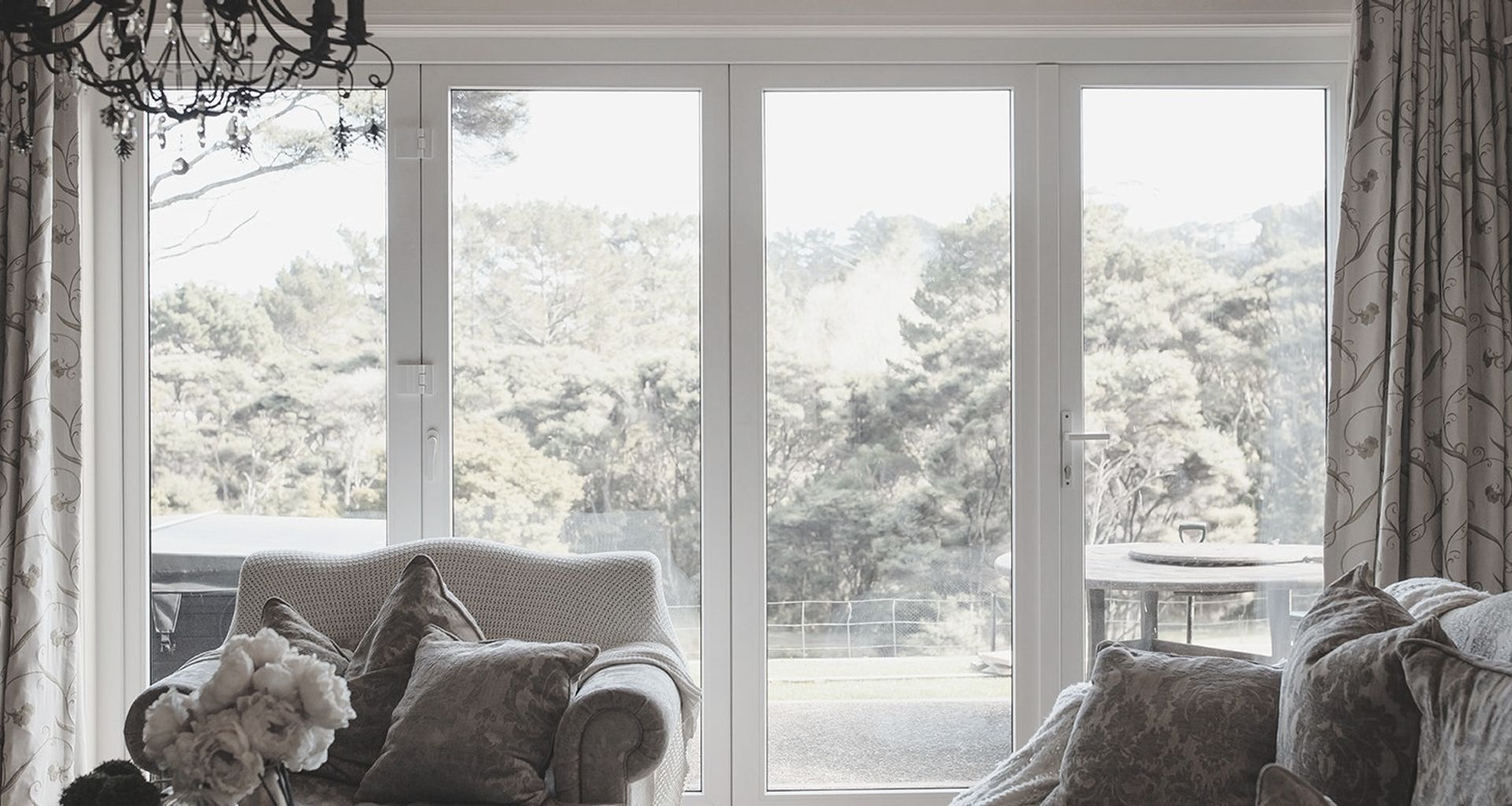
uPVC: it’s a building material that’s experiencing a surge in popularity in New Zealand – most commonly associated with window and door joinery because of its myriad benefits in this field.
But Aotearoa’s window joinery industry has been dominated by aluminium and timber for many years, and many Kiwis are unfamiliar with uPVC as an alternative. While it’s extremely common throughout Europe and parts of North America, the material was a relative rarity here – until recently.
Its thermal efficiency, durability and security benefits are hard to miss, and with the recent changes to the Building Code, many regions across the country will become more familiar with it.
To learn more about this fast-growing window joinery material, ArchiPro sat down with Warm Windows operations manager Jr Chile, who discusses the ins and outs of uPVC, its benefits, and its place in the future of New Zealand’s windows.
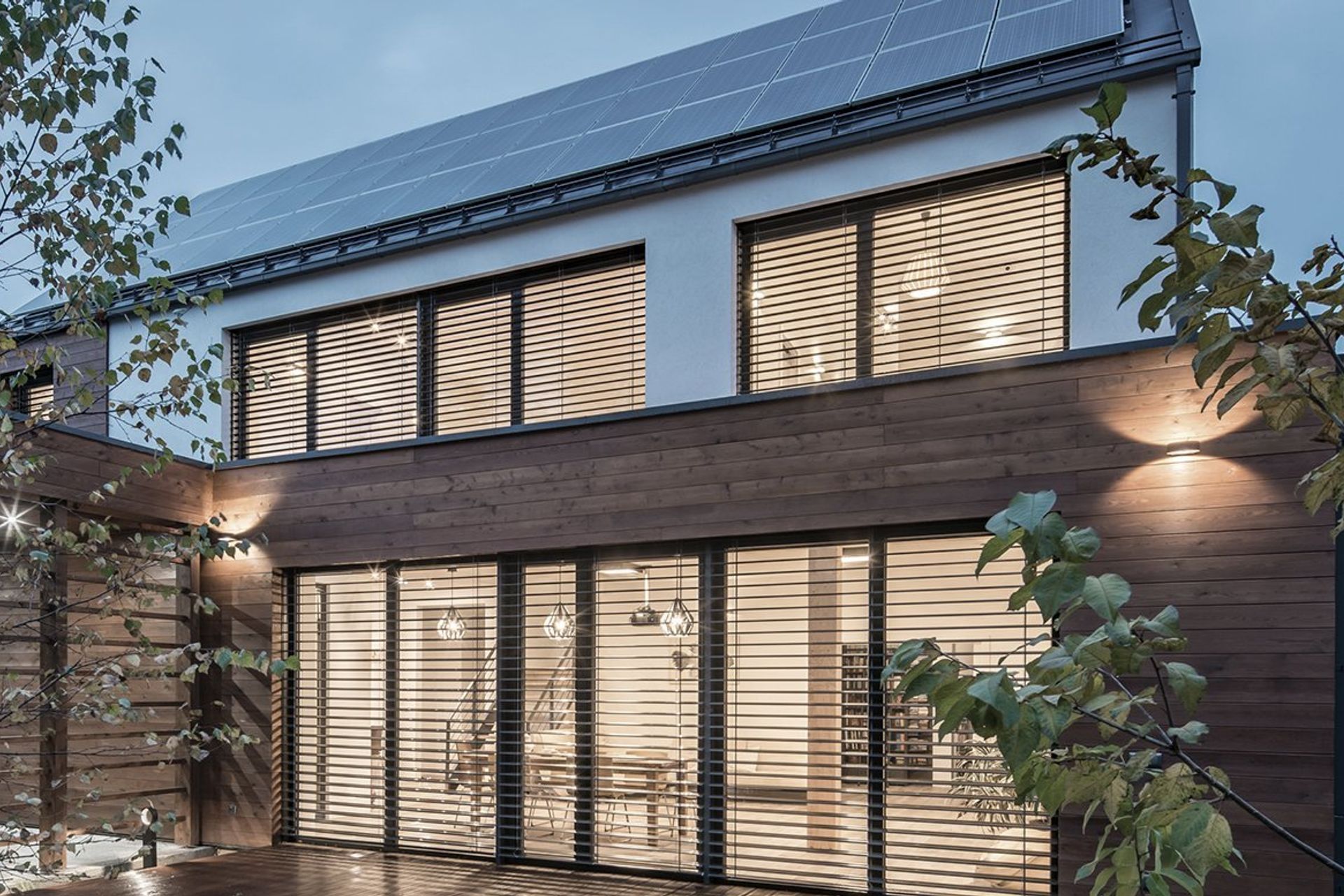
ArchiPro: Firstly could you give me a brief overview of uPVC, for those who may be unfamiliar with this material.
Jr Chile: uPVC stands for unplasticised polyvinyl chloride. It is a strong, durable and low-maintenance but lightweight plastic building material. It has become a great alternative to timber and aluminium because the material has a strong resistance against chemicals, sunlight and oxidisation from water in coastal areas (particularly relevant to the conditions of New Zealand’s environment).
When this material is used to make windows and doors it provides security, thermal efficiency, sound insulation and flexibility with design.
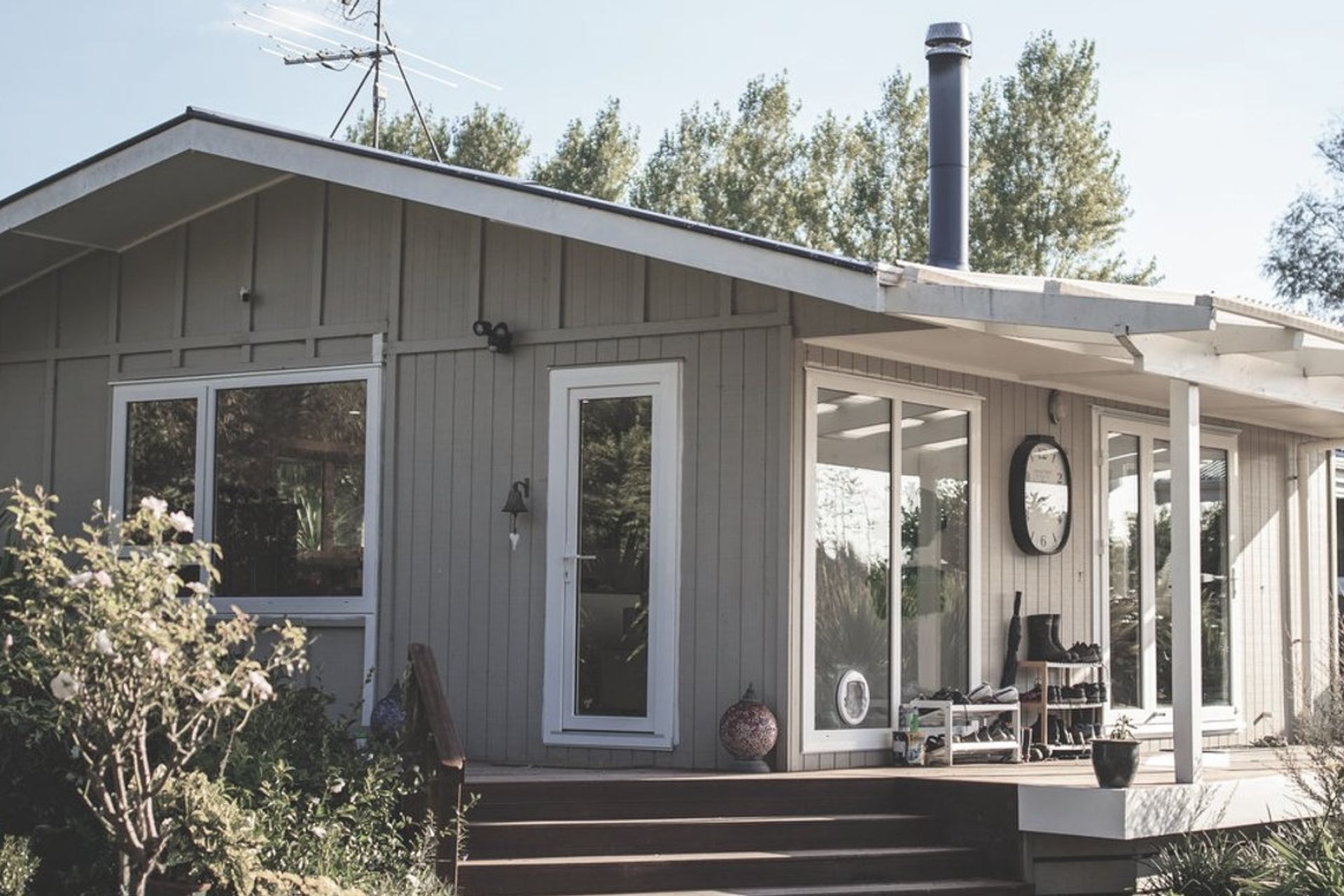
AP: Why does uPVC have such good thermal efficiency?
JC: Unlike many metals, uPVC is not a conductor of heat – meaning heat from inside the home is not lost through the joinery. This is a major factor in keeping your spaces comfortable, allowing you to heat your home in the winter with minimal heat loss.
Higher R-values reduce the rate of a building’s heat loss in winter (or heat gain in summer). This in turn reduces the amount of heating (or cooling) required for a comfortable indoor temperature. Warm Windows as a standard uses Double Glazed uPVC windows with an IGU of Clear 4mm / Clear 4mm which have an R-value of 0.41, and can be significantly increased with the inclusion of high performance Low-E glass and/or triple glazing.
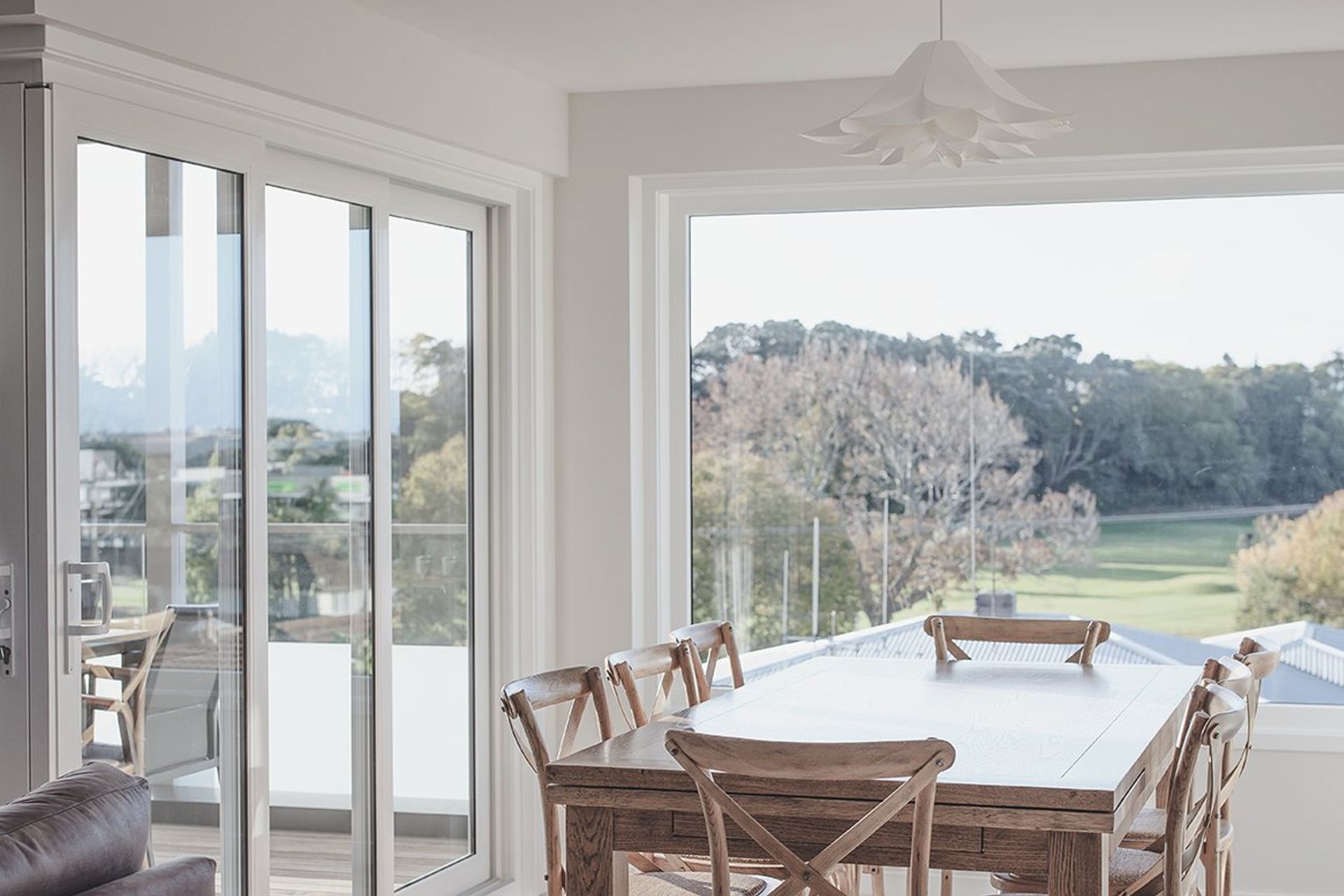
AP: What kind of uPVC products does Warm Windows provide?
JC: Warm Windows prides itself on its flexibility to accommodate our clients' design ideas – from a simple awning window to more complex angled or triangular windows, and even conservatories, we are able to provide a solution for our clients. We provide awning windows, casement windows, sliding windows, French windows, bifolds and even bay windows.
But our products are not only limited to windows, options for doors can suit any home from entry doors, French doors and various sliding door options to suit any home.
AP: The Building Code recently updated its minimum R value requirements for several climate zones in NZ. What does this mean for uPVC windows?
JC: The greatest benefit for Warm Windows uPVC windows and doors is that our windows already meet the new minimum R-value requirements with the new building code until Nov 1st 2023, which will only require a very minimal change, which means our windows will become a long term cost-effective solution for clients.
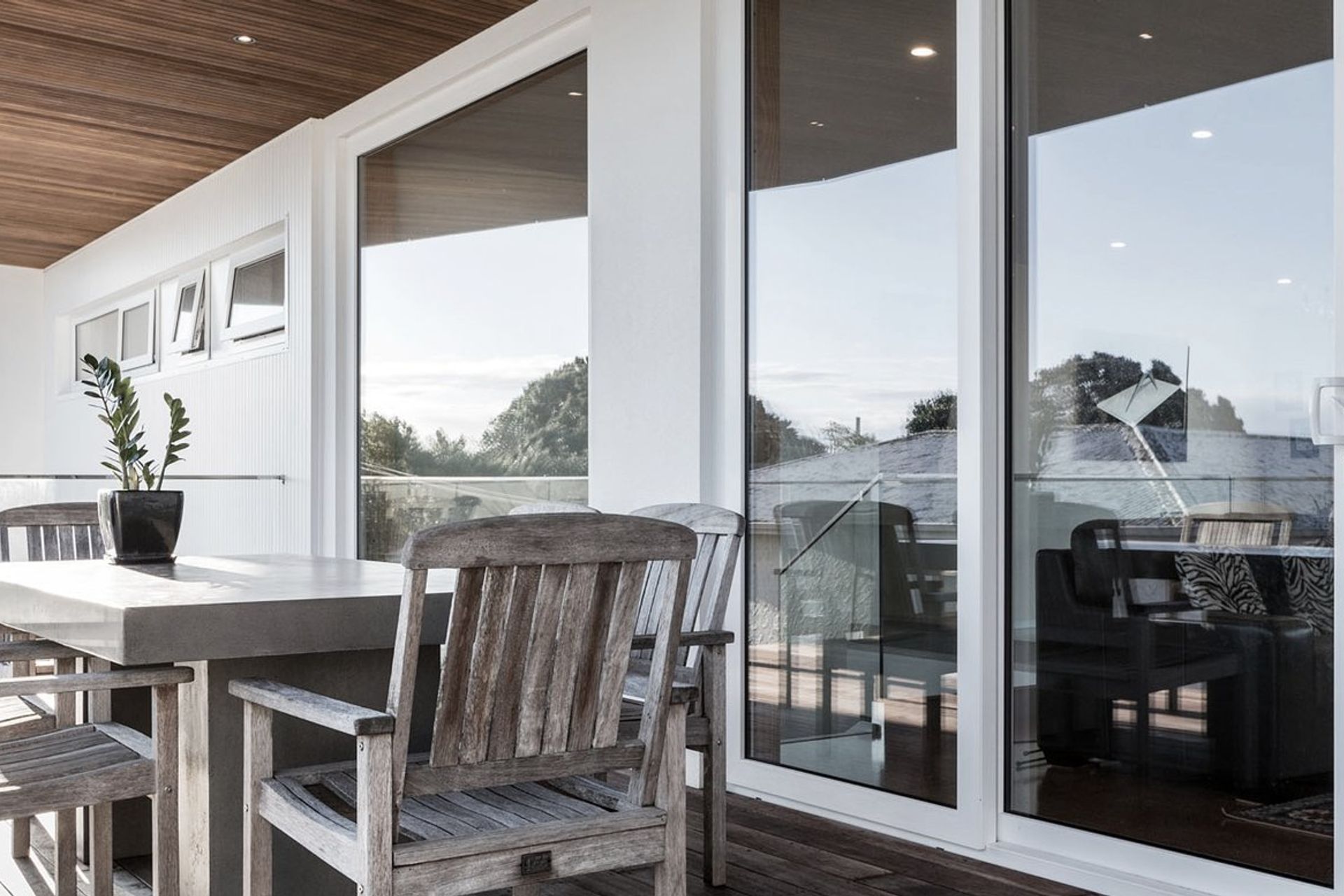
AP: New Zealand has historically been lagging behind much of the rest of the world, particularly Europe, when it comes to thermal efficiency in windows. Why is this – and is the tide turning now?
JC: The Building Code within New Zealand has been set to outline the minimum legal standards to construct any new buildings. To compare New Zealand to Europe back in 2002, the minimum R-value for windows was at 0.5, which was then increased to 0.8 in 2013 – quite a vast difference to New Zealand's restriction which is currently between 0.46-0.5 depending on your climate zone.
We have found that clients are quite surprised to learn that New Zealand has only increased our Building Code to that of Europe's standards from 20 years ago. With the rising cost of building new homes, clients are wanting the best ‘bang for their buck’, prioritising cost-effectiveness over the overall performance.
Over recent years, the difference in cost for aluminium windows has significantly increased to meet new Building Code requirements, meaning it’s no longer the only cost-effective option for many homes. I believe this will open the door for uPVC to become the normalised standard in the future.
Learn more about Warm Windows and its uPVC products.